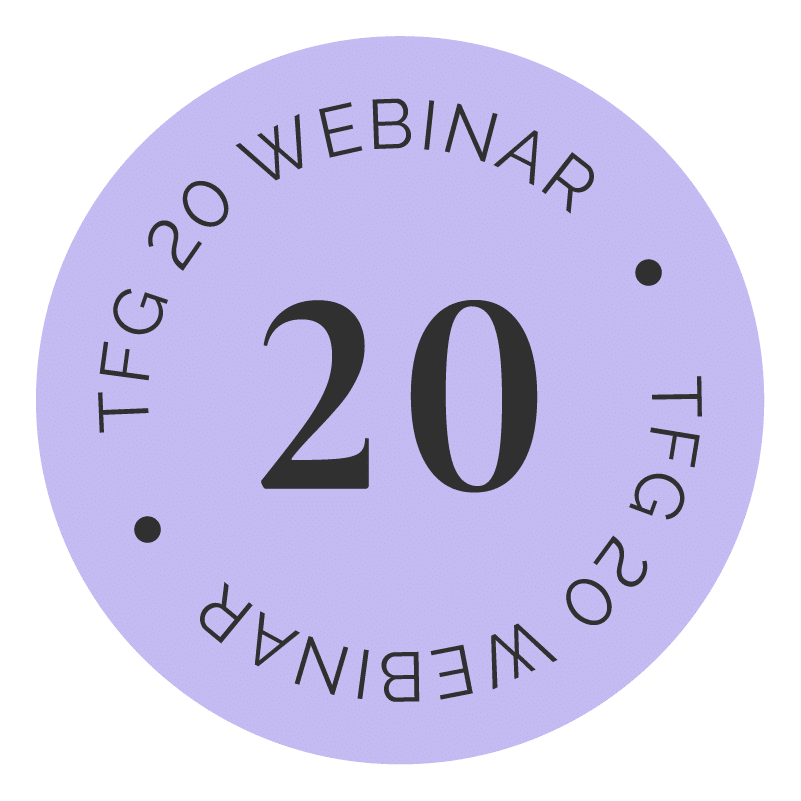You can spend countless hours creating amazing content, pour your heart and soul into blog posts, videos and graphics; but if you’re not getting that content in front of your target audience, what’s the point? It’s the ultimate ‘does a falling tree even make a noise’ analogy. Because as busy marketers if there’s one thing we refuse, point blank, to do, it’s to waste our own time.
But in the grand content lifecycle hitting publish is just the first step. You need an intentional distribution strategy to ensure your brilliant content actually reaches the customers and prospects you created it for. That’s why this blog is going to dive into the ins and outs of crafting a killer content distribution plan.
We’re going to cover 4 key considerations to maximise the reach and impact of every single piece of content:
- Understanding your target audience's online habits
- Selecting the right distribution channels
- Optimising content for each channel
- Adopting a sustainable, long-term approach
Sound like exactly what you need? Let’s get into it…
Know Thy Audience
Where do your potential customers hang out online? Which social platforms do they frequent? Which industry publications or blogs do they read?
Get clear on the channels your audience uses, and focus your distribution efforts there.
As fun as it is, there’s no point trying to keep up with the TikTok algorithm if your customers are all spending their time on LinkedIn.
So do some research to identify the key social platforms, blogs, online communities and publications they frequent.
There are a few good ways to uncover those digital hangouts:
Click below to expand
Decide your distribution channels
One
Get Social
Your content deserves more than just a brief link post on social media. Create eye-catching visuals, write compelling captions, and use relevant hashtags to increase its chances of being shared, engaged with… and discovered in the first place!
Consider running social media ads, if it’s within your budget, to boost high-performing organic posts and expand your reach even further.
TWO
Build an email list
THREE
Partner up
Repurpose and Reoptimise
A single piece of content can take many forms – blog posts can become videos or infographics, which can then be sliced into social media snippets or email newsletters.
For example, let’s look at the lifecycle of this humble blog post. Its next job is to be a webinar script. That live webinar will then become a YouTube video, and those YouTube snippets will head over to TikTok and YouTube shorts. The webinar audio snippets will be used on LinkedIn. We’ll also create graphics from the webinar copy quotes, as well as any live Q&As that could make great content. The cascade of content from one single blog idea is massive. A blog post should never end its lifecycle on a web page. It’s got so much more to live for!
So, find creative ways to repackage your best stuff so you can distribute it on multiple channels and maximise its reach.
Click below to expand
Playing the long game
When it comes to content distribution, you have to play the long game. Keep in mind the 7/11/4 theory:
Before they’ll buy, a consumer needs 7 hours of engagement, across 11 touchpoints, in 4 separate locations. This is according to research done by Google on the buying behaviour of digital consumers.
So if we’re translating that into action, you could create 7 core content pieces like blogs, videos or webinars. Then repurpose each into 11 follow-up content interactions like social posts, email snippets, etc. Then distribute it all across 4 different channels minimum.
This approach reduces waste and maximises your content’s reach over time. Use data from tools like GA4 to continually analyse what’s driving results and double down on your top distribution channels.
Put it into practice

Want to dive deeper into distribution and find out how to map your own distribution matrix?
Watch our recent webinar: Diligently Distributing Content: how to nail your distribution strategy & get your content seen






